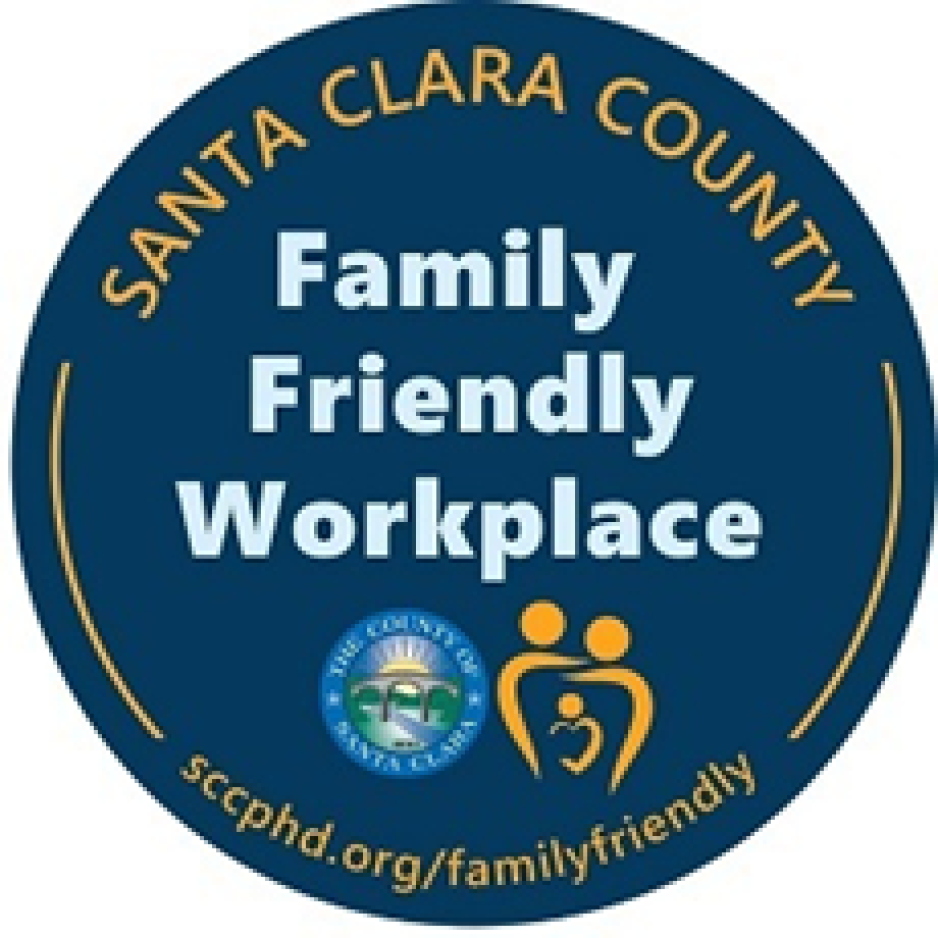Santa Clara Valley Transportation Authority (VTA) is an independent special district that provides sustainable, accessible, community-focused transportation options that are innovative, environmentally responsible, and promote the vitality of our region.
VTA provides bus, light rail, and paratransit services, as well as participates as a funding partner in regional rail service including Caltrain, Capitol Corridor, and the Altamont Corridor Express.
As the county’s congestion management agency, VTA is responsible for countywide transportation planning, including congestion management, design and construction of specific highway, pedestrian, and bicycle improvement projects, as well as promotion of transit oriented development.
VTA provides these services throughout the county, including Campbell, Cupertino, Gilroy, Los Altos, Los Altos Hills, Los Gatos, Milpitas, Monte Sereno, Morgan Hill, Mountain View, Palo Alto, San Jose, Santa Clara, Saratoga and Sunnyvale. VTA continually builds partnerships to deliver transportation solutions that meet the evolving mobility needs of Santa Clara County.
MISSION
Solutions that move you.
VISION
To innovate the way Silicon Valley moves.
CORE VALUES
Safety, Integrity, Quality, Sustainability, Diversity, Accountability.
ACTION VALUES
Create, Collaborate and Lead.
Santa Clara Valley Transportation Authority (VTA) is an independent special district that provides sustainable, accessible, community-focused transportation options that are innovative, environmentally responsible, and promote the vitality of our region.
VTA provides bus, light rail, and paratransit services, as well as participates as a funding partner in regional rail service including Caltrain, Capitol Corridor, and the Altamont Corridor Express.
As the county’s congestion management agency, VTA is responsible for countywide transportation planning, including congestion management, design and construction of specific highway, pedestrian, and bicycle improvement projects, as well as promotion of transit oriented development.
VTA provides these services throughout the county, including Campbell, Cupertino, Gilroy, Los Altos, Los Altos Hills, Los Gatos, Milpitas, Monte Sereno, Morgan Hill, Mountain View, Palo Alto, San Jose, Santa Clara, Saratoga and Sunnyvale. VTA continually builds partnerships to deliver transportation solutions that meet the evolving mobility needs of Santa Clara County.
Family-Friendly Workplace Certification Program (FFWCP)
The County of Santa Clara FFWCP recognizes VTA as a business that creates supportive workplaces for employees and their families.
Family-friendly workplaces improve health outcomes and job satisfaction for employees and increase work productivity and retention for employers. Employers can create a family-friendly workplace by meeting and exceeding state and federal employment laws relating to parental leave, lactation accommodation, and work/family balance.
Strategic Plan
The Valley Transportation Authority (VTA) Strategic Plan will take VTA to the next level—and beyond.
This plan is the result of an analysis of the agency’s strengths, weaknesses, opportunities, and threats, as well as the input, observations, and ideas from VTA employees, customers, and members of VTA’s advisory committees and Board of Directors.
It addresses our current situation and provides a framework to build an exciting future. This plan asks everyone involved with VTA—beginning with the Board of Directors and including all employees—to embrace this approach and work to implement its philosophy. This clear and visionary Plan will guide us along the path of further establishing VTA as an industry leader, innovator, and a transportation organization worthy of serving Silicon Valley.
The Plan establishes our Mission, Vision, and Values, and ties everyday work into the overall direction and priorities of the agency. The Strategic Plan guides the development and implementation of VTA’s Business Plans, which outline the strategies necessary to reach our goals. This Plan will also serve to guide our budgeting process and allocation of resources.
This high-level Plan will provide direction and actively foster creativity, collaboration, and leadership. Ultimately, it is designed to be transformative; that is, to create a dynamic work environment that carries us boldly and confidently into the future. Our environment will simplify and stabilize decision making,
VTA employees will be encouraged to take strategic risks, and proactive action will be encouraged while excuses for inaction are discouraged.
Action Values operationalize our core values and all aspects of VTA's Strategic Plan. They are intended to be transformative, they envelop the core values, help them transcend their written definition, and help them evolve and improve in application over time.
VTA News
Please visit our Headways blog for the latest news about VTA projects, programs, services and initiatives.
Sustainability
VTA's award-winning Sustainability Program conserves resources and reduces greenhouse gases.
Financial Information
Find information about the VTA budget, sales tax measures, audited financial statements and disclosures.
Transparency
Please visit our Open Data Portal for access to VTA's open data, including transit, active transportation, congestion management and more.
VTA History
VTA was created in 1972 by the Santa Clara County Transit District Act.
On December 1, 1994, VTA became the Congestion Management Agency in Santa Clara County, responsible for countywide transportation planning and funding and for managing the county’s blueprint to reduce congestion and improve air quality.
Prior to January 1, 1995, the County Board of Supervisors served as the Board of Directors of VTA. Since January 1, 1995 VTA has operated under a separate Board of Directors composed of County and city representatives, under state legislation.
On January 1, 2000, state legislation changed VTA’s name.
Administrative Code
The VTA Administrative Code is the rulebook established by the Board defining how VTA is structured and how it conducts its business.
It covers the governance, administrative and financial aspects of VTA including:
- The powers and duties of officers
- The method of appointment of its governing board, committees and employees
- The methods, procedures, and systems for the operation and management of the organization
